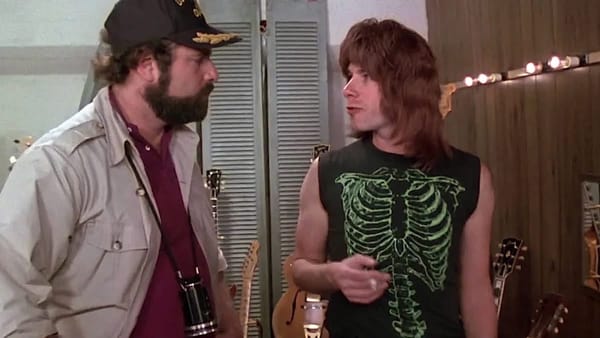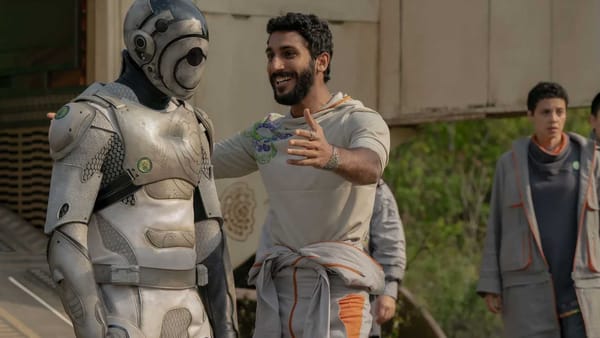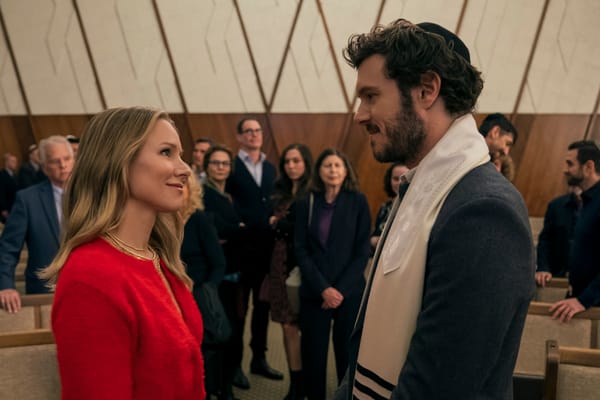Inneresting #244 - What? A Coincidence!?
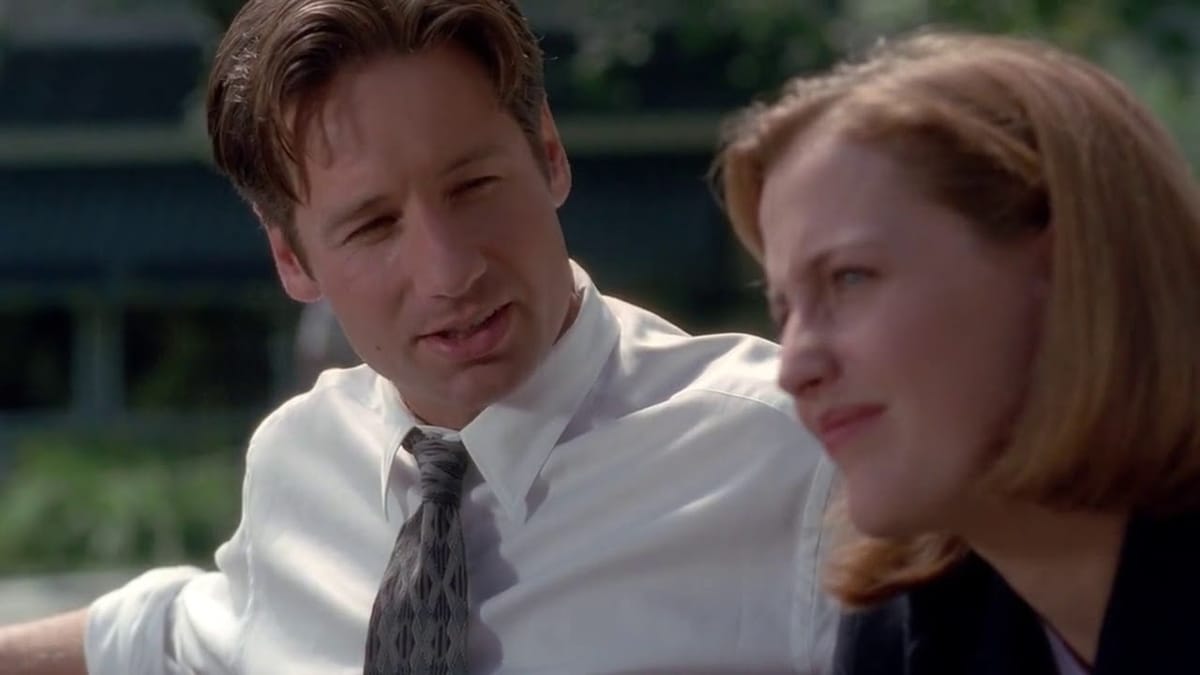
We touched on coincidences in storytelling with this week's rebroadcast of John's blog on Spider-Man 3, so let's take a broader look at coincidences both in fiction and how people experience them in the real world.
Lisa M.P. Munoz interviews Christian Rominger about his work studying the activity in the brain that occurs when people find meaningful coincidences, and if there’s a correlation between people who more easily see coincidences and their connection to other brain functions.
Paul Broks doesn't believe in supernatural forces, but the possibility still intrigues him. In considering some famous coincidences, and a few from his own life, Broks wonders if there isn't a third option between the rational and the supernatural:
I don’t believe the Universe contains supernatural forces, but I feel it might. This is because the human mind has fundamentally irrational elements. I’d go as far as to say that magical thinking forms the basis of selfhood.
Amy Patural joins personal experience with scientific inquiry, exploring how some coincidences are mathematically predictable, and how people who are more eager to see coincidences are likely to see more of them.
Maria Popova highlights some thoughts from Milan Kundera about coincidences. Kundera considers how whether or not a coincidence has a logical connection, drawing these connections helps us shape our understanding of the world.
Understanding when fictional characters see a meaningful coincidence can offer a strong insight for an audience into what that character believes and values. Ryusuke Hamaguchi (Drive My Car, Evil Does Not Exist) sees a connection between how characters interpret a coincidence and their deeper drives and emotional needs:
“[Coincidence] allows you to add risk to storytelling. I think those kinds of risks allow for emotion—and for something moving to happen as well. Another thing that I learned from Rohmer is that in dealing with coincidences as a subject, I’m also dealing with desires. I think it’s really important that the characters want something. They’re planning something. I think that desire allows for coincidence to feel real and become reality within the stories.
Is there someone in your story who sits firmly on one end or the other of the coincidence belief spectrum, and what could you do to challenge that belief? How do other characters react to someone who firmly believes a coincidence has a greater meaning? Going back to John's blog post, if you have a coincidence in your story, how might you anchor it with the cause and effect of a character's actions?
👋 Are you new here?
Inneresting is a weekly newsletter about writing and things that are interesting to writers. Subscribe now to get more Inneresting things sent to your inbox.
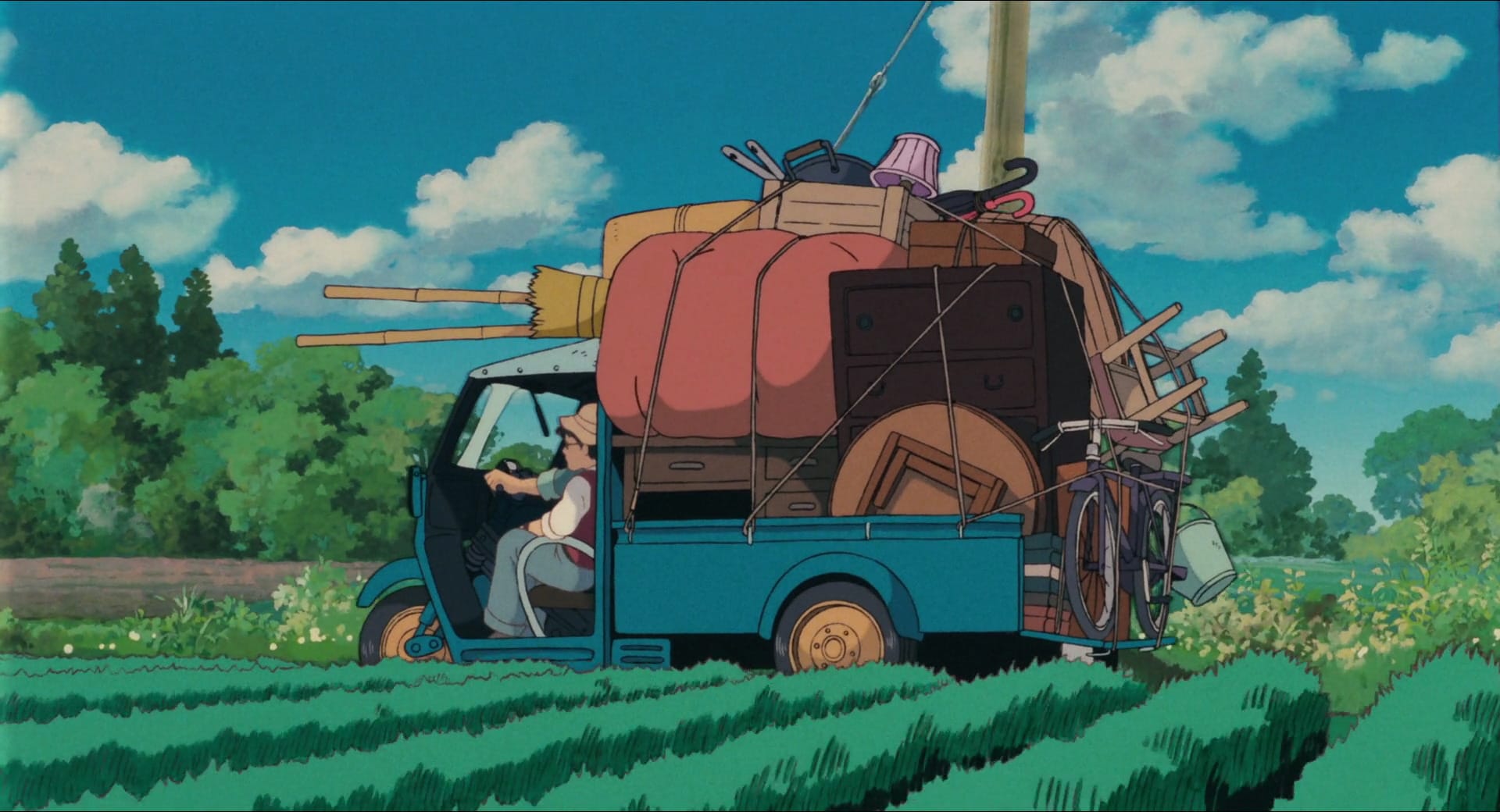
We've moved!
Inneresting will have a new home as part of the Quote-Unquote Apps Blog.
If you’re an existing subscriber, you should already have the latest issue in your email inbox! To avoid having the newsletter land in your spam folder, make sure you update your address book to include our new email address: qapps@ghost.io
FAQ
Are you changing how many emails you send?
Nope! Even though there will be an online copy of all newsletters as part of the QApps blog, we are only emailing out twice each week, with a rebroadcast and a new issue of Inneresting.
What else will be on the blog?
Updates on script collections in our Weekend Read app, posts about the Scriptnotes podcast, and posts on special topics like analyzing films and tv from a writer’s perspective, behind-the-scenes peeks at our apps in development, and other writer-adjacent content.
In these uncertain times, I fear change. You’re not switching anything else on us, are you?
All things are impermanent. If your comfort depends on stability, focus on the stability of what you have agency over.
But no, the email address and hosting location are the only things we’re changing about the newsletter for the immediate future.
Previously on Inneresting…
In case you missed it, in last issue’s most clicked link Clara Moloney chooses a shot from Uncle Buck to talk about John Hughes’s transition from teen movies to family films, and his work on set.
What else is inneresting?
- Luisa from "all over the place" with a relatable story - "I want to do everything, so I do nothing."
- Gita Jackson unpacks what it was like to edit "The Internet Reacts To..." tweet roundups.
- John Oliver lays bare the cynical hypocrisy behind attempts to ban trans athletes from sports.
And that’s what’s inneresting this week!
Inneresting is edited by Chris Csont, with contributions from readers like you and the entire Quote-Unquote team.
Are you enjoying this newsletter?
📧 Forward it to a friend and suggest they check it out.
🔗 Share a link to this post on social media.
🗣 Have ideas for future topics (or just want to say hello)? Reach out to Chris via email at inneresting@johnaugust.com, Bluesky @ccsont.bsky.social, or Mastodon @ccsont@mastodon.art.


